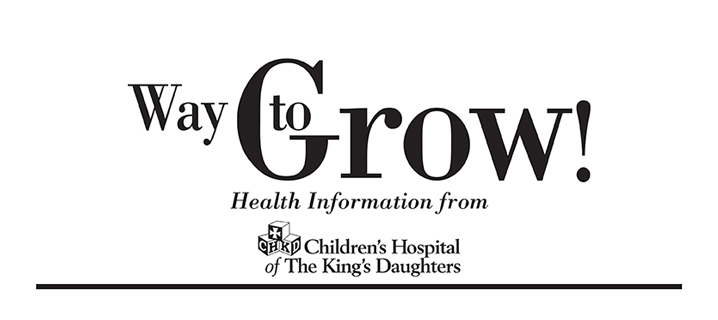
Bronchoscopy and Laryngoscopy
Bronchoscopy and laryngoscopy are two procedures done to look at the air passages and the lungs. Your child's doctor will pass a small, lighted tube into the air passages after your child is asleep. A bronchoscopy is done to look at the windpipe and lower air passages. A laryngoscopy is done to look at the vocal cords and the back of the throat.
Having a bronchoscopy and/or laryngoscopy:
- These tests are done in the operating room using a special medicine called anesthesia which will cause your child to sleep deeply enough so that he/she does not feel anything. Light anesthesia may be used for certain types of bronchoscopy and/or laryngoscopy.
- The test usually takes less than one hour.
- Your child may spend the night in the hospital after the test or may go home the same day. Your doctor will discuss this with you before the test.
- You should not allow your child to eat or drink before the test. Someone from the hospital will call you about this once the time for your child’s test is set. It is important to follow these instructions. Anesthesia is much safer when the stomach is empty.
- Call the Child Life Department if you and your child would like to visit the hospital before the procedure.
- These tests may be done at the same time as other surgeries such as putting in ear tubes or having tonsils removed.
What to expect after a bronchoscopy and/or laryngoscopy:
- Most children are fussy and sleepy the first few hours after this procedure. Parents are invited into the Post Anesthesia Care Unit (PACU) soon after their child begins to wake up.
- Your child may complain of a sore nose or throat, cough up pink mucous, or sound hoarse. Sometimes, swelling in the airway may cause noisier breathing for a short time after the procedure.
- Your child will be able to talk after the procedure, but it may hurt.
- Some children refuse to drink after the test. Drinking will help soothe a sore throat. It is important your child drink slowly at first. Pain medicine will be given if needed. Your child’s nurse will discuss this with you.
- Your child might have IV fluids and medications such as antibiotics or steroids. Steroids help to reduce swelling in the throat.
- Your child may vomit or feel like vomiting after the procedure due to the anesthesia or from swallowing air. Your child’s nurse will give him/her medicine if needed.
- Your child may need to be limited to quiet play for the first day after the test. He/she may return to school when allowed by your child’s doctor. This is usually a day or two after the procedure. Be sure to discuss your child’s activity, including gym class, with your child’s doctor.
- Your child may need a soft diet for a few days after this procedure. Clear liquids will be given as soon as your child is awake enough from the anesthesia. Do not give your child citrus juices like orange or grapefruit juices. Then as your child is feeling better, a soft diet may be given. If your child is having a sore throat, ice cream, gelatin, cooked fruits, soups, puddings, scrambled eggs, or mashed potatoes are good choices in the first 24-48 hours. Some children return to a normal diet the same day.
- A follow up appointment may be scheduled with your child’s doctor for four to six weeks after this procedure.
When to call your child's doctor:
- If you notice your child’s breathing getting worse, call your child’s doctor immediately. Signs of difficult breathing include:
- Stridor - a high pitched noise heard when the air moves in or out.
- Retractions - sinking areas between the ribs and around the collarbone when the child breathes caused by an increased effort to get the air in.
- Cyanosis - a color change, usually around or in the mouth, that may look blue, pale, or gray.
- Wheezing - musical or tight breath sounds
- Croupy cough - a barking/harsh cough that sounds like a seal
- If your child’s lips turn a cherry red color.
- Your child may have a slight fever no greater than 102о and should come down with antipyretics. Any temperature that is higher or returns is not likely due to the procedure and should be reported to your child’s doctor.
- If your child has vomiting that lasts more than 6 hours. Your child’s nurse will discuss this with you before you go home.
- If there are signs of dehydration. A child can become dehydrated when he has prolonged or severe vomiting and is not able to drink enough fluid to keep up with the loss. Signs of dehydration:
- Dry mouth
- Sunken look around the eyes
- No tears when crying
- Decreased amount of urine that would mean fewer wet diapers than usual in an infant/toddler.
REMEMBER: Please call the number your child’s nurse gives you if you have any questions.
Disclaimer: This information is not intended to substitute or replace the professional medical advice you receive from your child's physician. The content provided on this page is for informational purposes only, and was not designed to diagnose or treat a health problem or disease. Please consult your child's physician with any questions or concerns you may have regarding a medical condition.
Reviewed: 01/2018